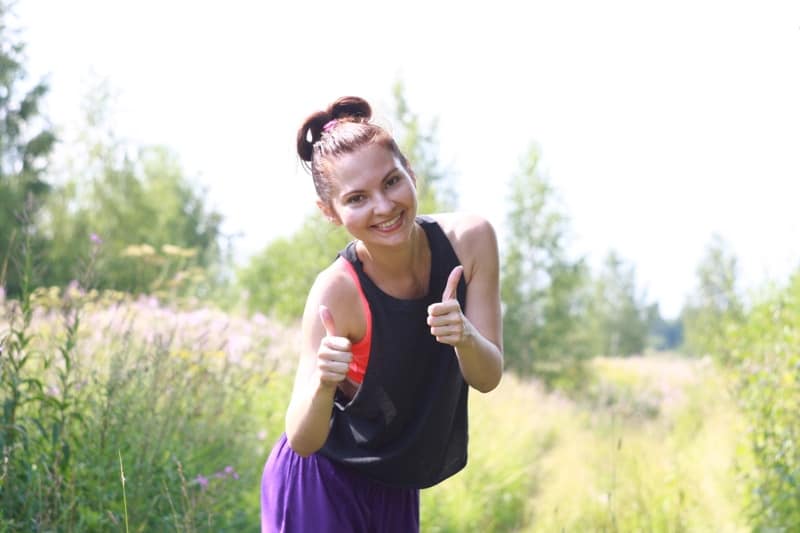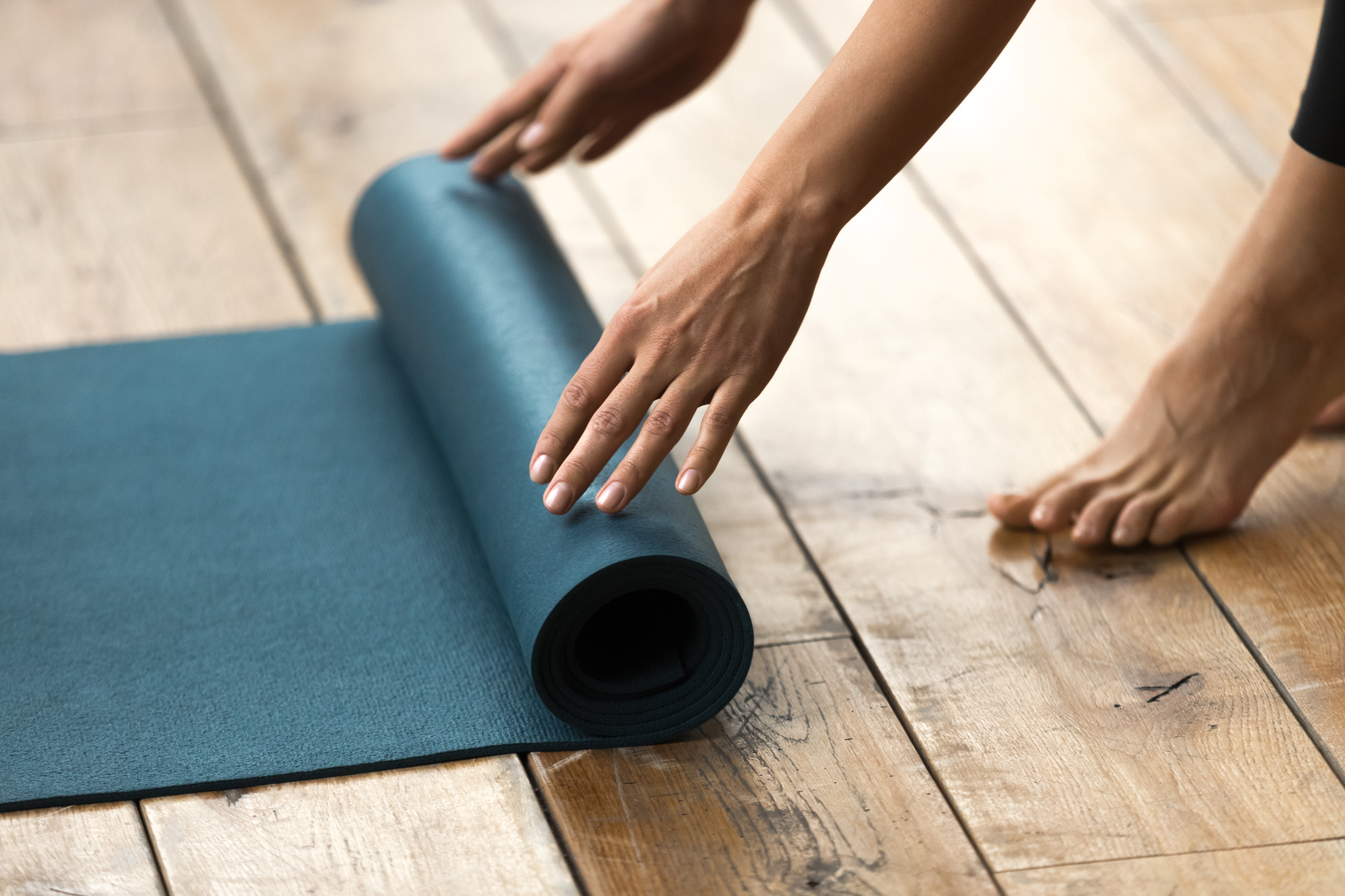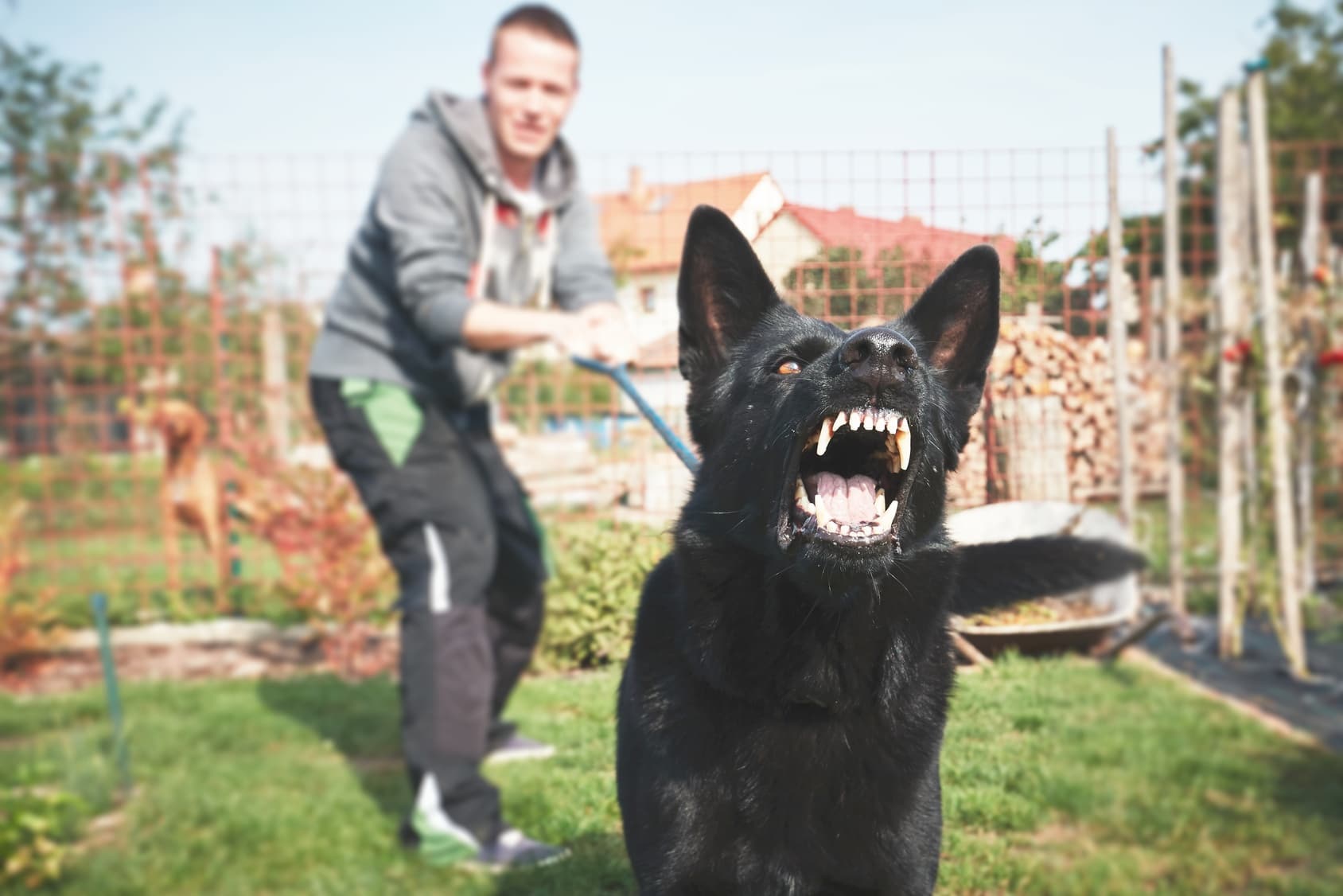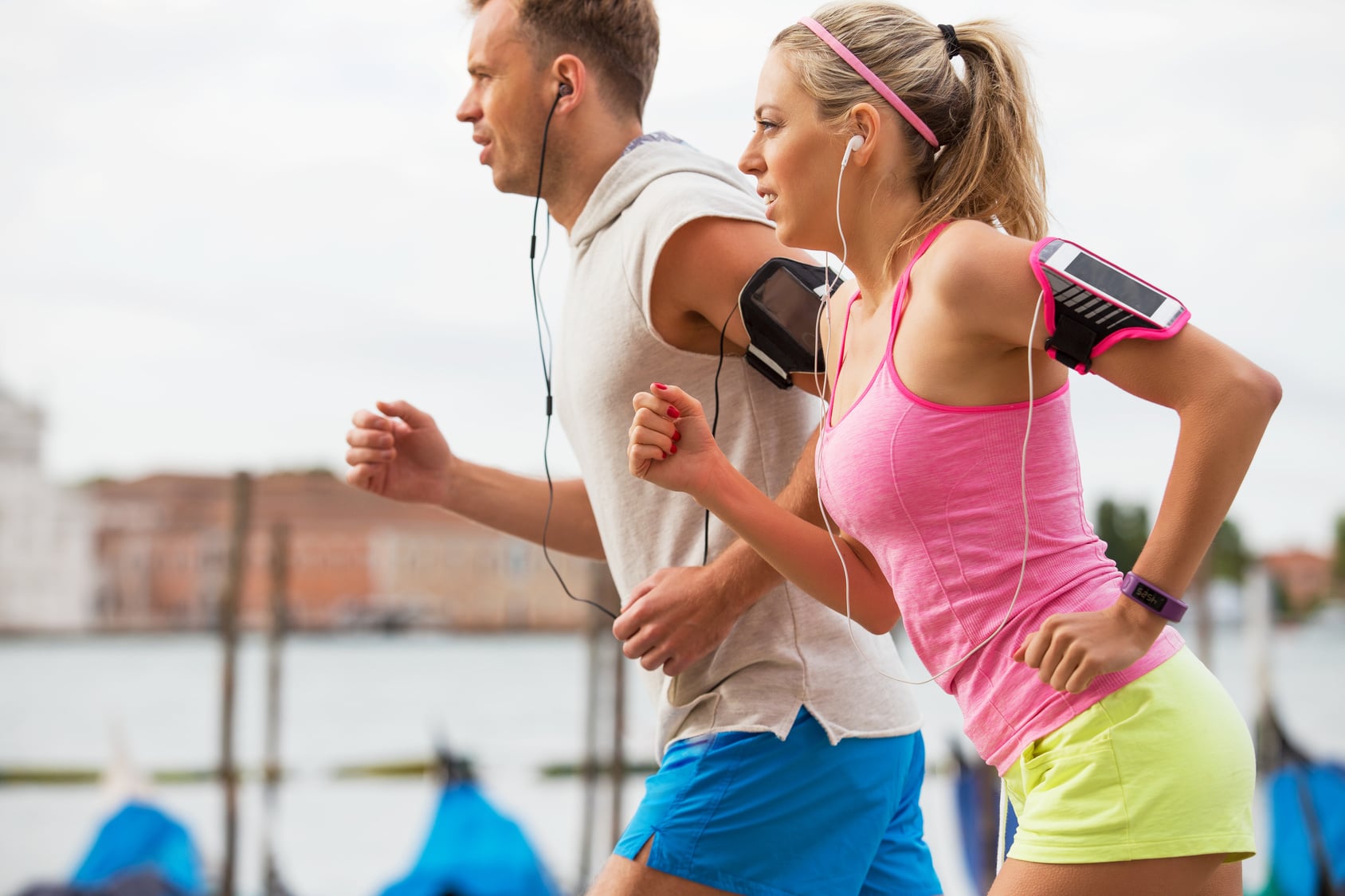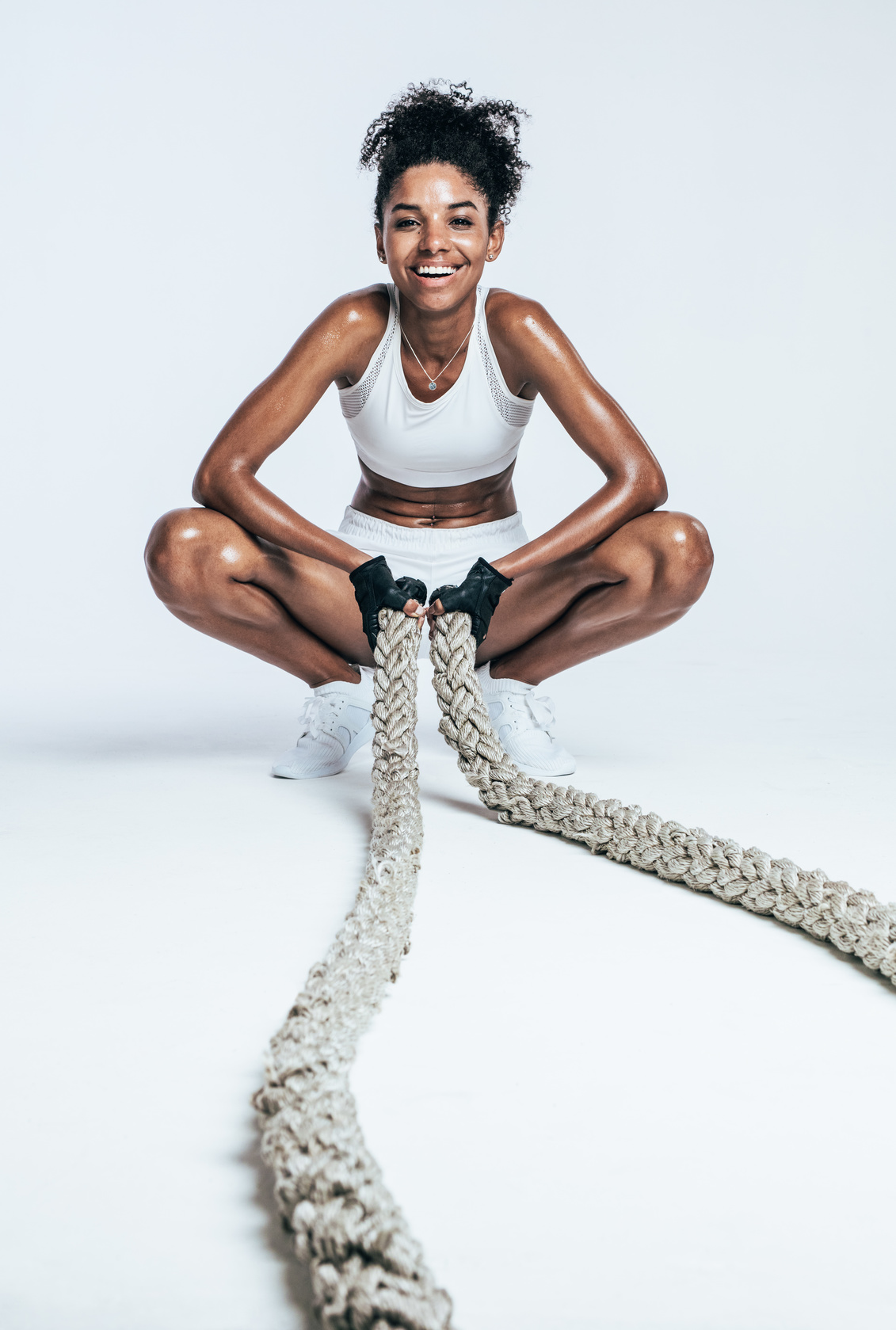Whether you’re dashing through marathons like a seasoned pro or lacing up your sneakers for a leisurely jog, one thing’s for sure: your body is your most loyal running buddy. And just like any partnership, it’s crucial to keep your body fueled and energized for the journey ahead.
Now, we all know that carbs, protein, and fats are like the essential gears in your running machine, powering you through every stride. But here’s the curveball: have you given calcium its rightful spotlight in your nutrition playbook? Yep, that’s right—we’re talking about that mineral superhero that’s been quietly working backstage to keep your bones, teeth, and overall well-being in check.
Think about it: your body is like a treasure chest, and inside, it’s stashing as much as two pounds of calcium. And where does it store this valuable loot? Well, 99 percent of it is neatly tucked away in your bones and teeth, making sure they stand tall and strong through all your running adventures.
But hold on a second—before you lace up and dash off, let’s have a heart-to-heart about calcium. Are you really giving your body enough of this essential mineral? Sure, you might be acing your carb-loading rituals and topping up on protein, but what about calcium?
Fret no more.
In today’s article, I’ll dive deep into its role in your running journey and beyond. And as a little bonus treat, I’ll unveil a delicious lineup of calcium-rich foods that can easily find their way onto your plate.
So, are you ready to roll?
Let’s dive in!
Why Runners Need Calcium
Picture this: you’re out there, pounding the pavement, feeling like an untamed wind. Running, they say, is the closest we get to defying gravity. But here’s the plot twist: those bones of yours need a little love to keep up with your adventures.
Imagine your bones as a dynamic duo, taking center stage in your grand running spectacle. Now, let’s introduce their sidekick, calcium—your own secret weapon in the bone-strengthening game. It’s like that invisible ally that fuels your superpowers. Without enough calcium in your corner, those miles might start leaving a dent.
But wait, the story gets more interesting. Ever heard of the saying “runners don’t break, they bounce”? Well, calcium is like the trampoline beneath your every step. It’s the safety net that prevents those bone-crunching impacts from leaving a lasting mark.
If you’ve been dealing with those pesky stress fractures or fearing bone injuries like an arch-nemesis, guess what? Calcium could be your unexpected hero.
Now, let’s flip the script a bit. Calcium isn’t just about bones—it’s like the secret ingredient that keeps your body’s orchestra in harmony. Imagine your muscles, your heart, and even those sneaky nerves—each one playing their tune.
Research papers and studies? Oh, they’re the backup dancers confirming this cosmic dance. They’ve shown that calcium isn’t just a bone’s BFF; it’s like your body’s MVP, improving cardiovascular function, regulating nerve signals, and even giving your blood pressure a friendly nudge.
And if you’re all about keeping your blood vessels in tip-top shape and waving away insulin resistance, guess what’s standing right beside you? That’s right, it’s calcium, your behind-the-scenes wellness warrior.
How Much Calcium Do Runners Need?
Alright, calcium seekers, let’s talk numbers! Imagine your body as a bank account, and calcium is your currency for strong bones and a healthy you. Now, how much should you be saving up in this calcium vault? Well, here’s the scoop:
If you’re dancing around under the age of 50, your magic calcium number is between 1,000 to 1,200 mg per day. But what if you’re gracefully gliding into the golden years, past the big 5-0? Hold onto your running shoes, because your body deserves a calcium upgrade—aim for around 1,300 mg daily. It’s like treating your bones to a VIP package as they age like fine wine.
Now, let’s put those numbers into real-life bites. Ever craved a glass of silky smooth skim milk? Well, that’s about 1,000 mg of calcium right there, almost like getting a bone-strengthening hug in a glass. Or maybe you’re a yogurt enthusiast, diving into a cup of plain yogurt. Guess what? You’re getting your daily calcium dose while enjoying that creamy delight.
But wait, it gets cheesier! Imagine a thick, indulgent slice of cheddar cheese. That savory slice isn’t just about taste—it’s like a calcium treasure chest, giving you the same 1,000 mg boost. It’s like having a delicious secret weapon for bone health, hidden in plain sight on your plate.
Now, the plot thickens. You’ve probably heard of calcium supplements, those little pills promising a shortcut to bone strength. But here’s the twist—your body is like a savvy detective when it comes to calcium. It prefers the real deal, the natural sources that come straight from the kitchen, not the pharmacy. It’s like your body saying, “Hey, I want the whole orchestra, not just a single note.”
Research studies? They’ve found that your body responds better to natural calcium from food sources rather than synthetic supplements. It’s like your bones throwing a party, celebrating the joy of nutrients that come from the earth, not a lab.
Calcium-Rich Foods For Runners
Here are the main sources of calcium and how to get the most out of it.
Raw Milk
First up on the menu: the timeless classic—raw milk. Imagine this: you’re transported to a rustic dairy farm, where the cows graze contentedly on fields of green. From that pastoral scene comes your calcium magic. A single cup of cow’s milk boasts a calcium content that’s like a mini fortress for your bones—ranging from 270 to 350 mg. It’s like a liquid masterpiece that’s 25 to 30 percent of your recommended daily calcium intake, all in one cup.
But let’s not stop there, because milk is like a nutritional goldmine. It’s not just calcium; it’s also packing a punch of magnesium and a dose of potassium. Think of magnesium as your body’s relaxation specialist, ensuring your muscles and nerves are as calm as a peaceful sunrise. And potassium? It’s like the conductor of your body’s fluid orchestra, making sure you’re properly hydrated and your metabolism is in sync.
Now, imagine sipping that milk and feeling not just refreshed, but also like you’ve unlocked a secret to bone health. That’s the magic of milk, a liquid legacy that’s nourished generations.
But wait, there’s more! Picture this: you’re raising a glass of milk to your lips, not just savoring its taste, but knowing that you’re giving your body a symphony of benefits. It’s like a toast to strong bones, hydrated muscles, and a metabolism that’s humming along.
Kale
Calling all plant-loving calcium seekers! If you’re on the hunt for a green powerhouse that’s as nutrient-packed as it is vibrant, say hello to kale—the unsung hero of the plant-based calcium world.
Picture this: you’re wandering through a garden of emerald leaves, and there, in all its glory, is kale. Just one cup of this leafy legend serves up around 100 mg of calcium, like a secret stash for your bones. That’s a cool 10 percent of your recommended daily allowance, right there in a single serving. It’s like Mother Nature’s way of saying, “Hey, I’ve got your calcium needs covered.”
But hold onto your gardening gloves, because kale isn’t just any old calcium source—it’s like the superstar of nutrient absorption. You see, the calcium in kale is more bioavailable than the kind found in milk. It’s like your body opening its doors wide, ready to embrace every bit of calcium goodness that kale delivers.
But wait, the kale magic doesn’t end there. Imagine diving into a bowl of kale salad, and with each bite, you’re not just nourishing your bones—you’re treating your body to a nutrient symphony. Kale is like a treasure trove of vitamins and minerals, each playing a vital role in your wellness story. It’s got more vitamin A than you’d expect, like a superhero for your vision and immune system. And don’t get us started on the vitamin C—it’s like a burst of sunshine for your skin and overall health.
Try this recipe.
Sardine
If you’re a fan of the ocean’s bounty, get ready to meet your new favorite calcium-rich companion—sardines!
Imagine cracking open a can of these salty little fish, and there you have it—seven sardine fillets, like tiny nuggets of calcium gold. That’s roughly 320 mg of calcium, a whopping 30 percent of your daily recommended allowance, all neatly tucked within those silvery bites. It’s like the ocean’s way of offering you a nutrient-packed sea treasure.
But hold onto your fishing rods, because sardines aren’t just about calcium. Picture this: with each bite of these flavorful fish, you’re not only nourishing your bones but also treating your body to a nutrient festival. Think of vitamin B12 as the conductor of your nervous system, ensuring those messages from brain to body flow smoothly. And hey, when it comes to brain health, vitamin B12 is like the VIP ticket to keeping your gray matter in tip-top shape.
But wait, there’s more!
Sardines are like a vitamin and nutrient treasure chest. Imagine soaking in the sun’s rays, capturing that precious vitamin D. Well, sardines are like little sun-soaked bites, packing in a good dose of this sunshine vitamin that’s vital for strong bones and a healthy immune system. And let’s not forget the omega-3 oils—the unsung heroes that keep your heart happy, your brain sharp, and your overall well-being on point.
Try this recipe.
Plain Yogurt
Get ready to spoon up some creamy goodness that’s not just a treat for your taste buds, but a bone-loving delight! Meet plain yogurt—your ticket to a calcium-packed snack that’s like a high-five for your bones.
Imagine dipping your spoon into a cup of plain yogurt and indulging in a swirl of tangy deliciousness. That one cup holds within it around 320 mg of calcium, or around 30 percent of your recommended daily intake.
But here’s the yogurt magic that goes beyond calcium. Some yogurts come with an extra surprise—live probiotic bacteria that ensure your gut health is as harmonious as a perfect melody. These help soothe constipation, prevent pesky diarrhea, and keep your digestion function at its best.
But wait, there’s more to this yogurt story. Imagine a nutrient-packed parade, and yogurt is leading the way. Alongside calcium and those gut-friendly probiotics, yogurt boasts a line-up of vitamins and minerals that your body adores. Think of it as a vitamin B-12 booster, your secret weapon for a nervous system that’s as steady as a rock. And don’t forget potassium—it’s like the heart’s best friend, keeping your heartbeat on point and your body hydrated.
But that’s not all, folks. Yogurt is also packing a phosphorus punch, a mineral that’s like the building block for strong bones and teeth. And let’s not overlook the protein—the muscle-repairing, hunger-slaying superstar that’s essential for a well-rounded diet.
Watercress
Watercress is a leafy gem that’s like a hidden treasure trove of nutrients! In just one cup—about 34g—of this aquatic marvel, you’re treating your body to 41 mg of calcium. It’s like a nutrient infusion that your bones will thank you for, a little sprinkle of calcium magic that adds up to big benefits.
But the watercress journey doesn’t end there. It’s not just rich in flavor, but also packed with iron—the kind that keeps your blood strong and oxygen-rich. And here’s the surprise: watercress boasts even more iron than spinach, the leafy green superhero we all know and love.
But wait, there’s more! Think of watercress as your vitamin C powerhouse, delivering a dose that’s as generous as an orange’s sunny offering.
And that’s not all—watercress is like a nutrient medley, offering folate, protein, copper, and even pantothenic acid, a nutrient that’s like a guardian angel for your energy metabolism.
Now, imagine a salad that’s not just a plate of greens but a nutrient-packed celebration. A watercress salad is like a burst of freshness and flavor, an ode to nature’s bounty. And if you’re looking to up your nutrient game, simply toss watercress into your main meal as a vibrant, nutrient-rich side dish.
Try this recipe.
Broccoli
A single cup of broccoli, like a nutrient-packed nugget, contains a calcium punch that’s like a little gift for your bones—44 mg to be exact.
But here’s where broccoli steps into the spotlight and starts singing a vitamin C symphony. Oranges are the classic vitamin C hero. Now, double that, and you’ve got broccoli’s vitamin C offering. It’s like a burst of immunity-boosting sunshine in every bite, as if Mother Nature herself is cheering you on.
Broccoli is also rich in riboflavin, thiamin, iron, and magnesium—each one playing a role in your body’s well-being. And let’s not forget about phosphorus and selenium, minerals that are like the building blocks for strong bones and a healthy immune system.
Now, a word of advice: cooking is like a culinary dance, and broccoli is a partner that needs just the right moves. Don’t cook it too long, because you want to savor every bit of its goodness. It’s like preserving a treasure chest of nutrients, making sure you get the most out of every mouthful.
So, whether you’re steaming, roasting, or sautéing, remember that broccoli is more than just a vegetable—it’s a nutritional powerhouse, delivering a nutrient-packed performance that’s as vibrant as its color.
Cheese
Now, let’s dive into a world where cheese isn’t just about taste; it’s a calcium-packed superstar that’s here to nourish your bones. Whether it’s a velvety slice of cheddar or a crumbly piece of parmesan, cheese, in all its glorious varieties, is like a treasure trove of calcium goodness.
Take parmesan cheese, for example—it’s like a calcium powerhouse in a compact form, packing about 330 mg of calcium in a single ounce serving. This amount stands at around 33 percent of your daily recommended intake. It’s like getting a bone-loving boost with every sprinkle or slice.
But wait, the cheese story doesn’t stop with calcium. Cheese is not just a delight but also a nutritional boost, delivering a dose of vitamin A and vitamin B12.
And here’s a secret that cheese knows how to keep: protein power. Imagine feeling full and satisfied, like your hunger pangs are on vacation. Cheese helps prevent those mid-afternoon crashes and supporting your body’s recovery after a workout.
But like any superstar, cheese has a note of caution—a melody of high fat and calories. So, imagine enjoying a decadent cheese plate or a gooey grilled cheese sandwich, but with a pinch of moderation. It’s like savoring life’s rich moments without overindulgence.
Almonds
If you’re a fan of that satisfying crunch and the feeling of a delicious munch, then get ready to fall head over heels for almonds. Imagine a handful of these little powerhouses, like nature’s way of saying, “Here’s a tasty treat that’s also incredibly good for you.”
Almonds, not just delicious but also packed with a secret weapon—calcium. Imagine indulging in an ounce of these gems, about 23 whole almonds, and getting a burst of 75 mg of calcium.
But here’s where the almond magic truly shines. Roast these gems in a touch of oil, and you’ll be transforming them into little calcium powerhouses that deliver a whopping 450 mg of calcium per ounce.
Now, here’s the fun part—adding almonds to your meals. Feel free to sprinkle them over your salad, or simply tossing them with a sprinkle of Himalayan salt for that perfect blend of flavors.
And let’s not forget the protein—about 10% of your daily requirement in one ounce. It’s like nature’s way of ensuring your body has the building blocks it needs for strength and vitality.
And don’t be afraid of the healthy fats in almonds. It’s the kind of fat that’s like a superhero, swooping in to reduce bad cholesterol levels while showering you with a multitude of health benefits. It’s like embracing a snack that loves you back.


